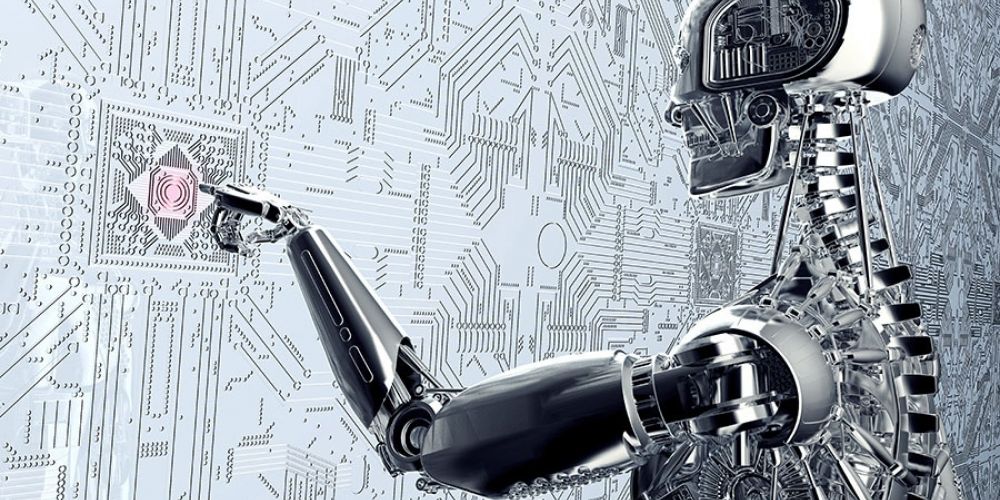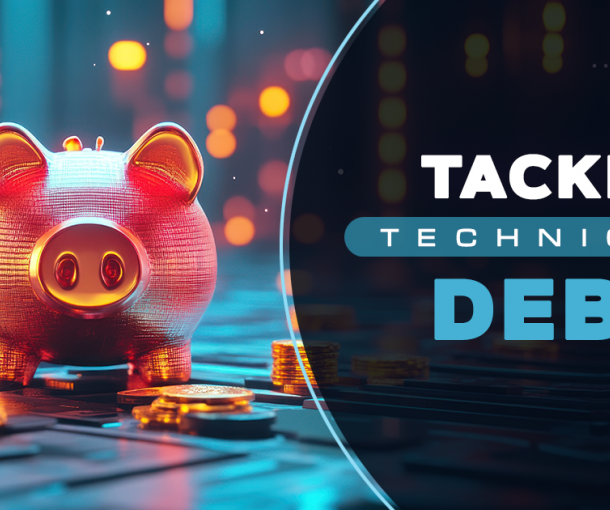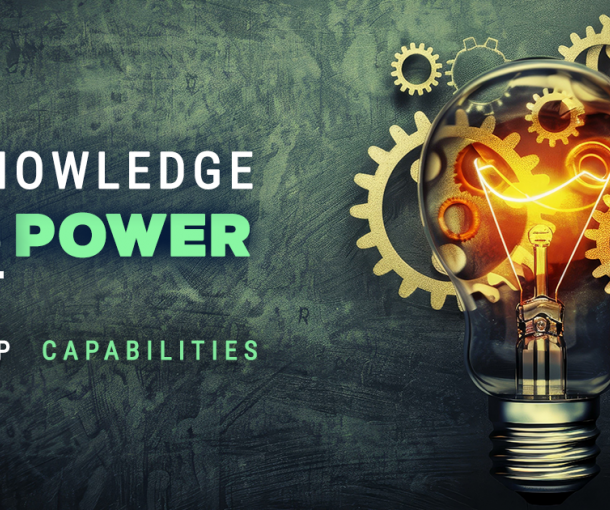
Humans versus Robots – The Race is on to Save Humanity
That raises the question of when exactly is “eventually” and how can we plan for it. In February 2017, Bill Gates suggested taxing robots as a way of compensating humans for jobs lost to machines. He didn’t elaborate on how the tax revenue might be collected or how it might be distributed to the people made redundant by machines. In any case, that would tackle just a small part of the problem. The bigger part, recently addressed by Elan Musk, CEO of SpaceX and Tesla Inc. concerns machines becoming smarter than humans – maybe even becoming conscious. Conscious machines, he says, are a threat to human existence.
Many people view the future of artificial intelligence in this way – as a doomsday scenario, in which intelligent machines control the world, decide that humans serve no useful purpose, and terminate them. In 2015, Stephen Hawking, the famous theoretical physicist, said that the development of true artificial intelligence would be humanity’s greatest achievement, but that it might also be our last.
Elan Musk, however, suggests a way of countering the potential threat of AI. His solution is based on the old adage often applied to adversaries in general: if you can’t beat them, join them. In short, he suggests that humans should become cyborgs – beings that are part human and part machine. To many people, that suggestion seems outlandish, the stuff of science fiction. Yet most of today’s advanced technologies were once regarded as science fiction. Indeed, time has shown that many science fiction writers were visionary forecasters.
The logic behind the cyborg thesis rests on two contentions. First, machine intelligence is growing at a very fast rate, much faster than the rate at which human brains evolved. That growth is possible because machines can communicate with each other at nearly the speed of light. Second and related to the first, machines can multiply their processing power by interconnecting – something humans cannot do. That means that, theoretically, every microprocessor in the world could connect with every other one. They would just need some ways of doing that. Those already exist thanks to satellite, fiber optic, wireless and other forms of electronic communication. Humans, on the other hand, though currently much smarter than machines, cannot boost their intelligence by directly joining their brains together. The fastest way humans can communicate is tediously slow: First they must convert thoughts into speech, text, or some other kind of code and then pass that to others. The others, in turn, must register the message with their senses and interpret it before they can use it. This process is not just slow, but is prone to errors at every stage.
Elon Musk’s solution is to connect artificial intelligence components directly to the human brain enabling signals to pass between both almost instantaneously. Such technology is not as far-fetched as it may seem. Science is already working on it. Surgeons can implant electronic devices into the human eye to give some blind people rudimentary sight. Scientists working with surgeons have developed electronic components that connect directly to brain cells of a patient with a damaged brain. The microprocessor read the messages that are blocked by the damaged cells, interpret them and feed them back to the part of the brain beyond the damaged area, thereby bypassing the blockage and enabling the patient to think clearly again. This kind of surgery is impressive, yet relatively rudimentary in the context of the brain’s complexity. Science needs to learn a huge amount more about the brain’s architecture and how to connect non-biological units to it, but it has already proven the concept.
Scientists are involved in a race. Some are working hard to build smarter machines. Others are working hard to ensure humans can coexist with those machines. Most experts believe that both groups of scientists must work closely together, and that they should do so immediately. If they delay, machines may become smarter than the scientists working on them. Then humanity will be in peril.


